Best Timing for Crack Sealings
Crack sealings are most effective when performed during specific weather conditions to ensure proper adhesion and longevity. Timing is crucial to prevent water infiltration and further pavement deterioration.
Spring is ideal for crack sealings due to rising temperatures and dry conditions, which help the sealant adhere properly and cure effectively.
Performing crack sealings in early summer ensures the pavement is dry and warm, reducing the risk of sealant failure caused by moisture or cold temperatures.
Fall applications can be effective if temperatures remain above freezing, preventing cracks from expanding during colder months.
Winter is generally unsuitable for crack sealings due to low temperatures and moisture, which impair sealant adhesion and curing.

Ways to make Crack Sealings work in tight or awkward layouts.
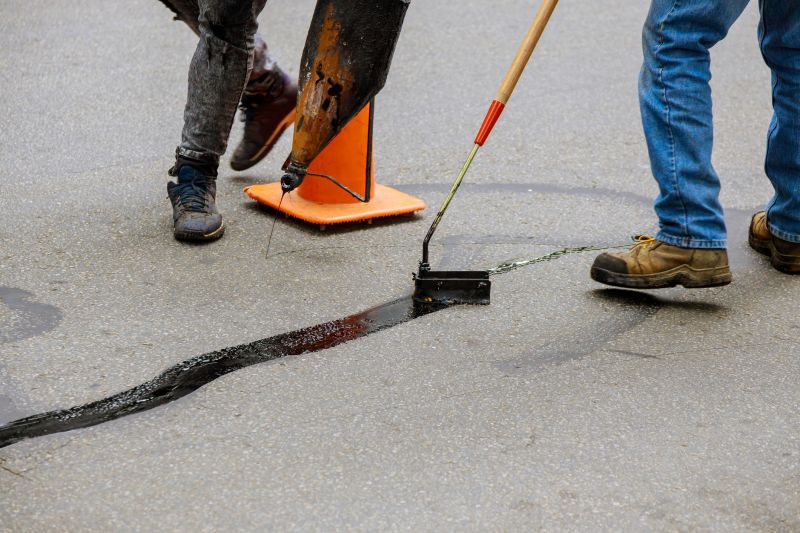
Popular materials for Crack Sealings and why they hold up over time.

Simple add-ons that improve Crack Sealings without blowing the budget.
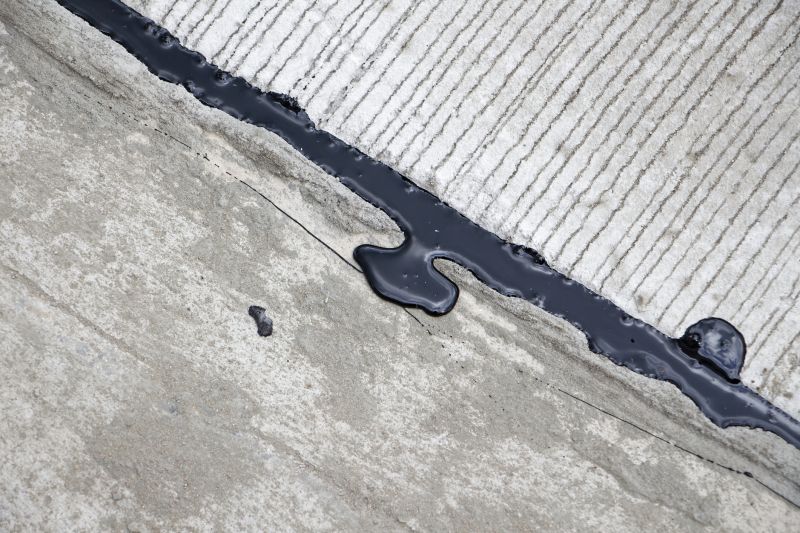
High-end options that actually feel worth it for Crack Sealings.

Finishes and colors that play nicely with Crack Sealings.
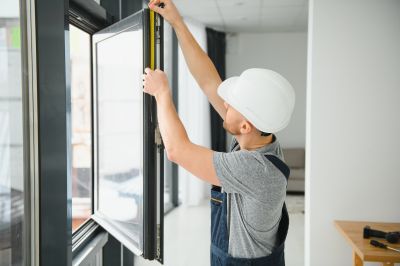
Little measurements that prevent headaches on Crack Sealings day.
Crack sealings are a preventative maintenance measure that involves filling and sealing cracks in asphalt or concrete pavements. This process helps prevent water infiltration, which can cause further damage like potholes and surface erosion. Proper crack sealing extends the lifespan of pavement, reduces repair costs, and maintains a smooth driving surface. Statistics indicate that timely crack sealing can reduce pavement deterioration rates by up to 30%, saving significant expenses over the lifespan of the pavement.
Effective crack sealing requires monitoring pavement conditions and scheduling maintenance during optimal weather windows. The process typically involves cleaning cracks thoroughly, applying hot or cold sealant, and allowing sufficient curing time. Regular inspections and timely sealing can significantly improve pavement durability and performance.

A 60-second routine that keeps Crack Sealings looking new.
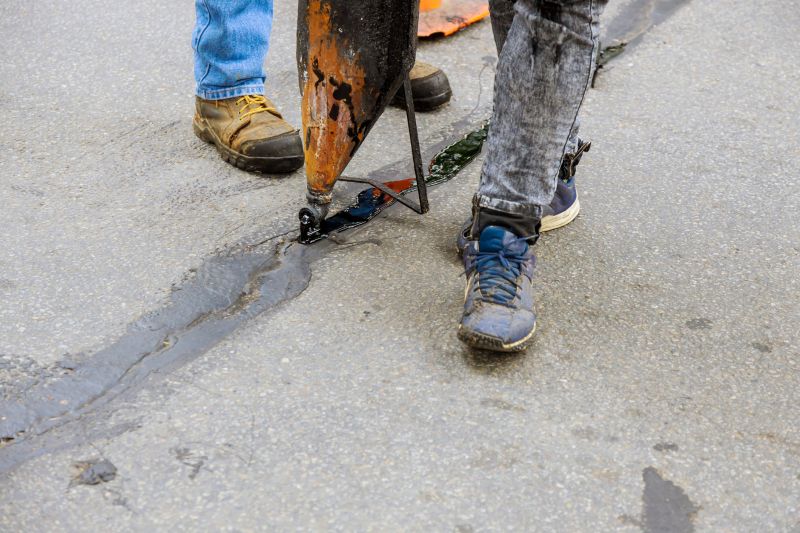
A frequent mistake in Crack Sealings and how to dodge it.

Small tweaks to make Crack Sealings safer and easier to use.
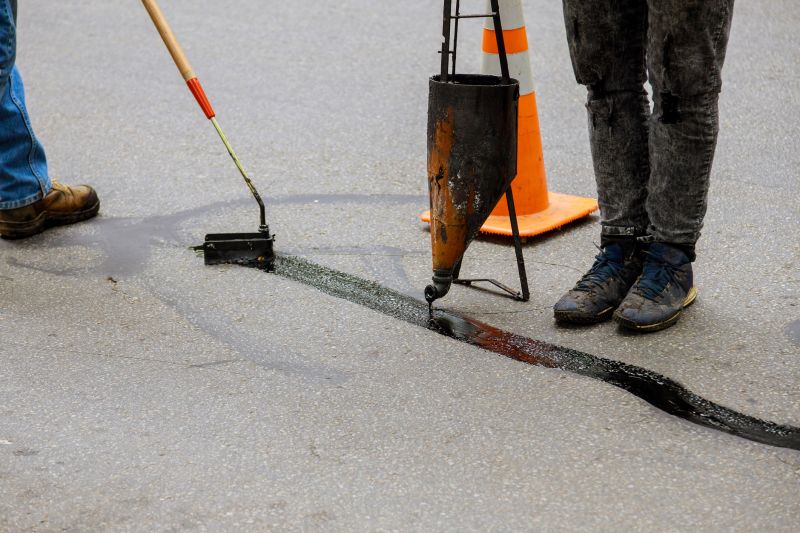
Lower-waste or water-saving choices for Crack Sealings.
| Season | Ideal Temperature Range |
|---|---|
| Spring | 50°F to 70°F |
| Summer | 70°F to 85°F |
| Fall | 50°F to 70°F |
| Winter | Below 50°F (not recommended) |
| Optimal Conditions | Dry, low humidity, consistent temperatures |
If interested in scheduling crack sealings, filling out the contact form provides an opportunity to discuss timing and specific pavement needs. Proper scheduling aligned with weather conditions ensures the most durable and effective results for pavement maintenance.
